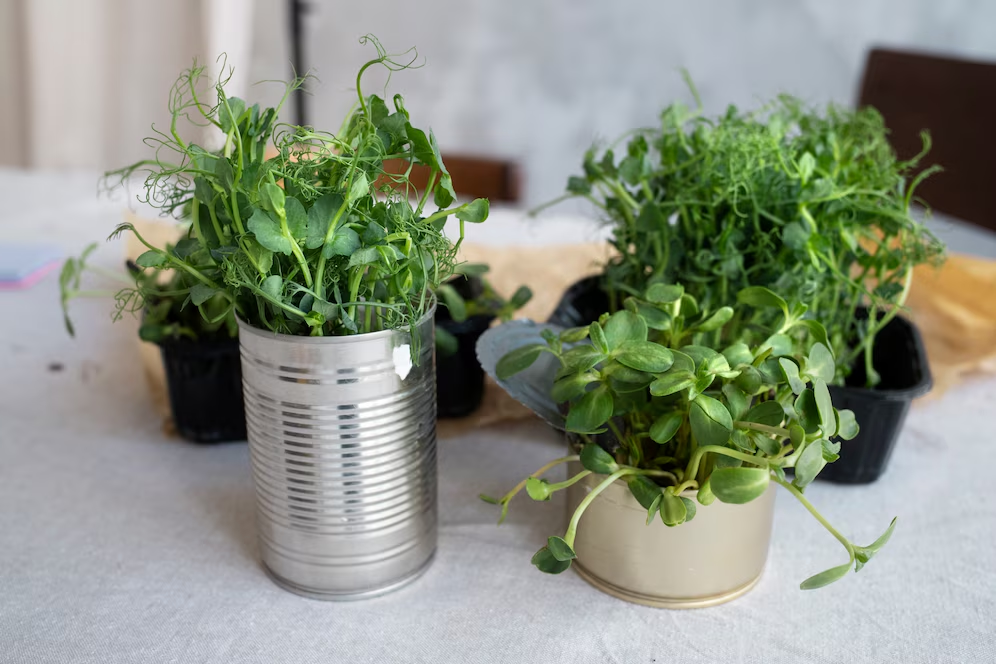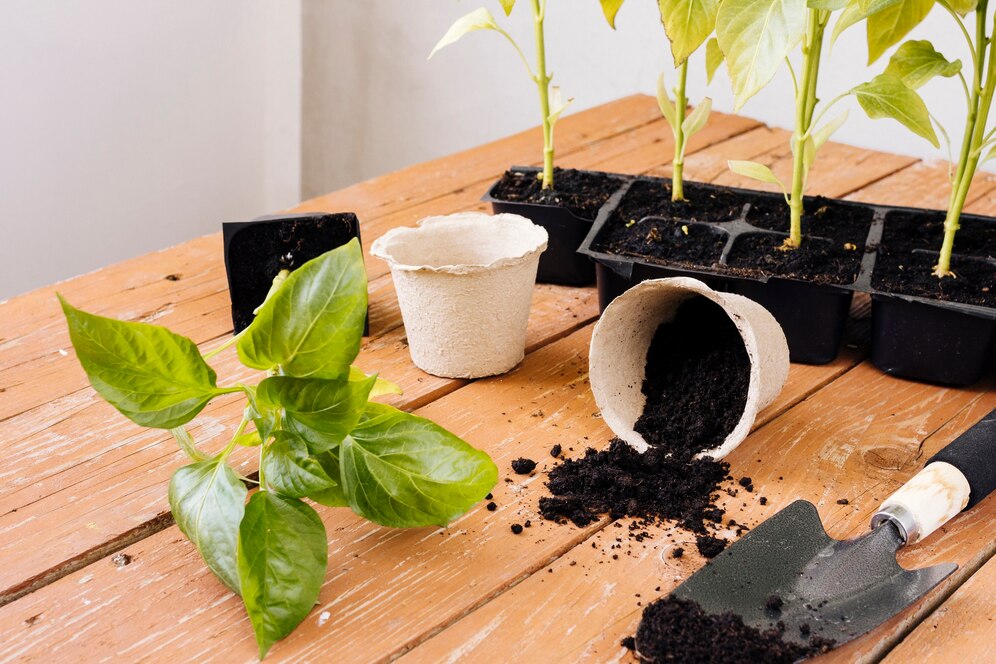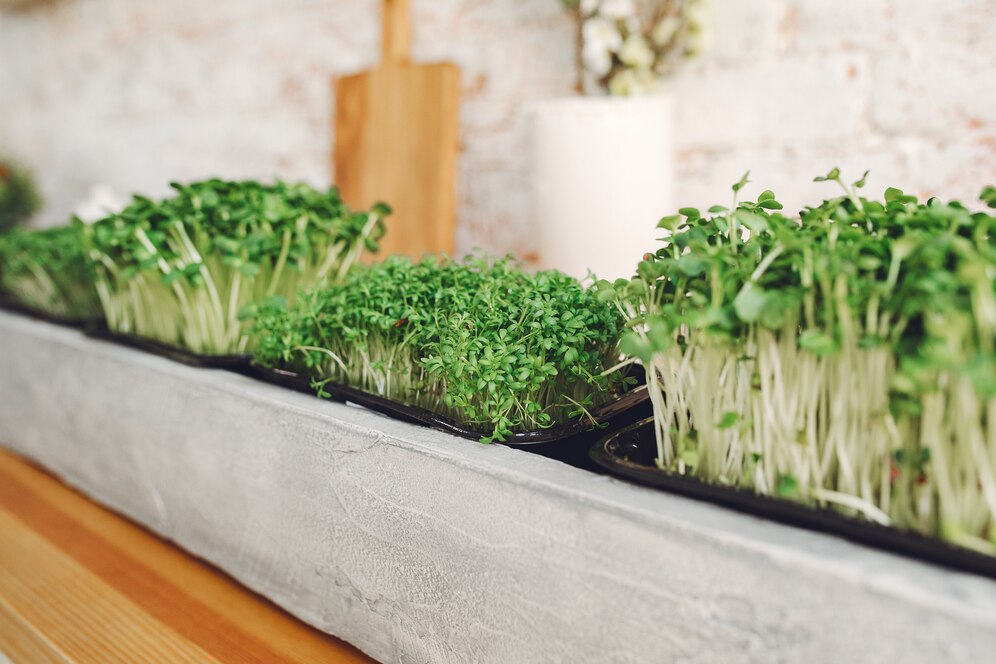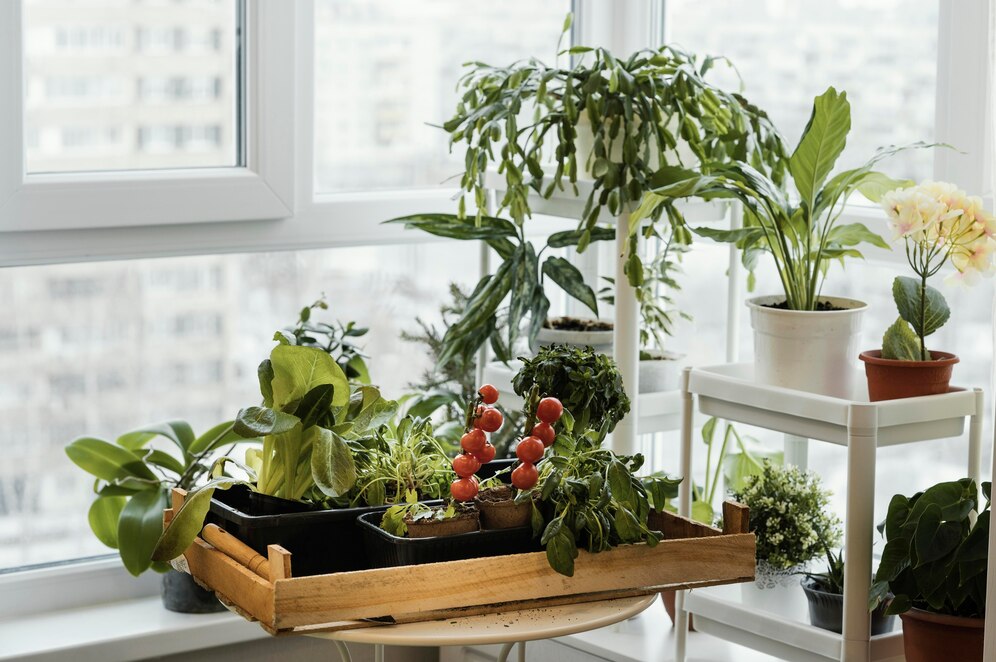In today’s city environments, many of us lack the luxury of expansive backyards or gardens. However, the desire to grow our own fresh vegetables and herbs doesn’t diminish with space constraints. Enter the concept of the Adukkala Thottam, or kitchen garden, tailored specifically for indoor spaces. With a bit of creativity and planning, you can cultivate a thriving indoor vegetable garden even in the smallest of apartments. Here’s how you can get started.
The Benefits of Indoor Gardening
Before diving into the specifics, it’s important to highlight the numerous benefits of having an indoor Adukkala Thottam:
- Freshness and Flavor: Growing your own vegetables ensures you have access to the freshest produce, which often tastes better than store-bought options.
- Healthier Living: Indoor gardening promotes a healthier lifestyle by encouraging the consumption of fresh vegetables and providing a source of physical activity.
- Sustainability: Growing your own food reduces your carbon footprint, as it eliminates the need for transportation and packaging of store-bought vegetables.
- Mental Well-being: Gardening has been shown to reduce stress and improve mental health, providing a therapeutic hobby.
- Space Utilization: Utilizing indoor spaces for gardening can add a touch of greenery and aesthetics to your living area.
Planning Your Indoor Adukkala Thottam
Assess Your Space
The first step is to assess the available space in your home. Identify areas that receive ample sunlight, such as windowsills, balconies, or any sunny spot near a window. Light is crucial for the growth of most vegetables, so choose locations that get at least 4-6 hours of direct sunlight daily. For spaces with limited natural light, consider investing in grow lights, which can provide the necessary light spectrum for plant growth.
Choose the Right Containers

When space is at a premium, the choice of containers becomes crucial. Opt for containers that maximize space efficiency, such as vertical planters, hanging baskets, or tiered shelves. Here are some container options:
- Vertical Gardens: These are perfect for small spaces. Vertical planters or wall-mounted pockets can host multiple plants without taking up floor space.
- Hanging Baskets: Utilize ceiling space by hanging baskets filled with trailing plants like cherry tomatoes or herbs.
- Window Boxes: Secure window boxes to your windowsills to create an attractive and functional garden space.
- Self-watering Containers: These are ideal for indoor gardening as they ensure your plants get consistent moisture without frequent watering.
Selecting Vegetables for Your Indoor Garden
Not all vegetables are suitable for indoor gardening, especially in small spaces. Focus on compact, fast-growing, and high-yield plants. Here are some ideal choices:
- Leafy Greens: Lettuce, spinach, kale, and arugula grow quickly and don’t require much space. They can be harvested continually for fresh salads.
- Herbs: Basil, parsley, cilantro, chives, and mint thrive indoors and add fresh flavors to your cooking.
- Cherry Tomatoes: These small, sweet tomatoes can be grown in hanging baskets or small pots and are perfect for indoor gardens.
- Radishes: Radishes grow quickly and can be harvested in as little as three weeks. They are ideal for small pots or window boxes.
- Peppers: Compact varieties of bell peppers and hot peppers can be grown in pots and provide a colorful addition to your indoor garden.
- Microgreens: These nutrient-packed greens are harvested as seedlings and can be grown in shallow trays on your windowsill.
Setting Up Your Indoor Adukkala Thottam

Soil and Fertilizers
Use high-quality potting soil that offers good drainage and aeration. Indoor plants also benefit from a consistent supply of nutrients, so consider using a balanced liquid fertilizer every few weeks. Organic options like compost tea or fish emulsion are excellent choices for indoor gardens.
Watering
Indoor plants can be sensitive to overwatering, as excess water can’t drain away as easily as it can outdoors. Ensure your containers have drainage holes, and use a saucer to catch any excess water. Water your plants when the top inch of soil feels dry to the touch. Self-watering containers can help maintain the right moisture levels.
Light
As mentioned earlier, light is critical. Position your plants in the sunniest spots available. If natural light is insufficient, use LED grow lights to supplement it. These lights should be kept on for about 12-16 hours a day, depending on the plant’s requirements.
Air Circulation
Good air circulation helps prevent mold and pests. Place a small fan near your plants to keep the air moving, especially if your space is humid or lacks natural airflow.
Temperature and Humidity
Most vegetables thrive in temperatures between 60-75°F (15-24°C). Ensure your indoor garden isn’t exposed to drafts, excessive heat, or sudden temperature changes. Maintain moderate humidity levels to keep your plants happy.
Creative Space-saving Ideas

Vertical and Stacked Gardens
Use vertical space to your advantage by installing wall-mounted planters or shelves. You can also stack pots on multi-tiered plant stands to create a mini garden tower.
Repurposed Items
Get creative with repurposing items around your home. Old ladders, bookshelves, or shoe organizers can be transformed into unique planters.
Hydroponics
Consider hydroponic systems, which allow you to grow plants in water, saving space and often accelerating growth. These systems can be DIY or purchased as kits designed for indoor use.
If you want to learn more about your farming, Contact Us
Conclusion
Creating an indoor Adukkala Thottam in a small space is not only possible but also incredibly rewarding. With careful planning and the right techniques, you can enjoy fresh, home-grown vegetables and herbs year-round. Embrace the challenge, get creative with your space, and soon you’ll be harvesting the fruits (and vegetables) of your labor right from your own indoor garden. Happy gardening!



